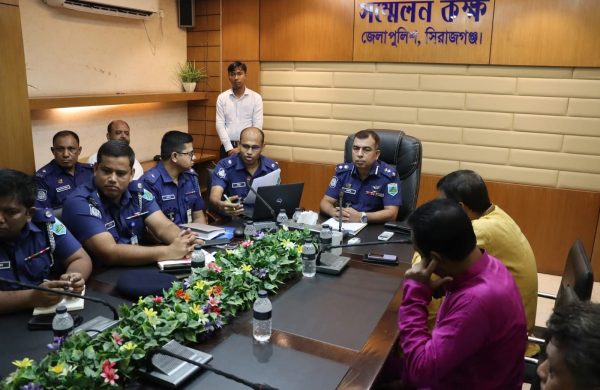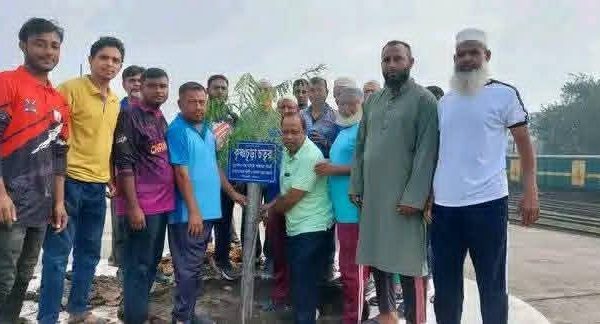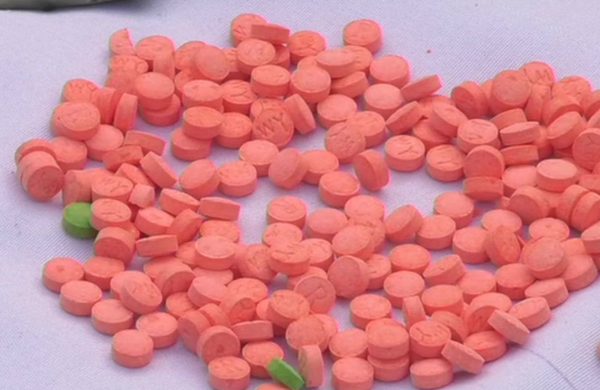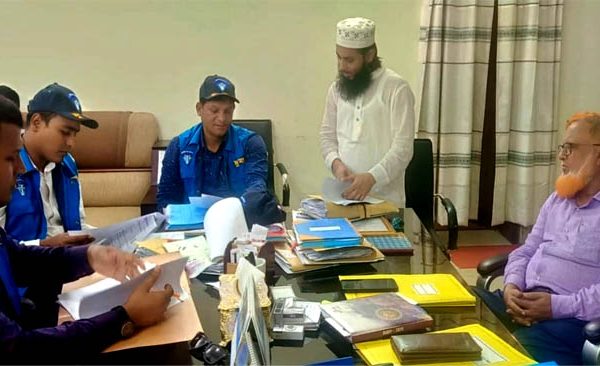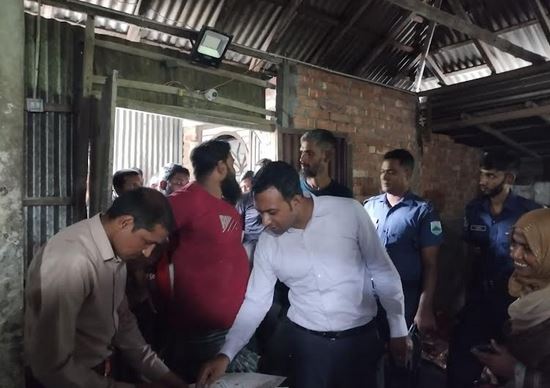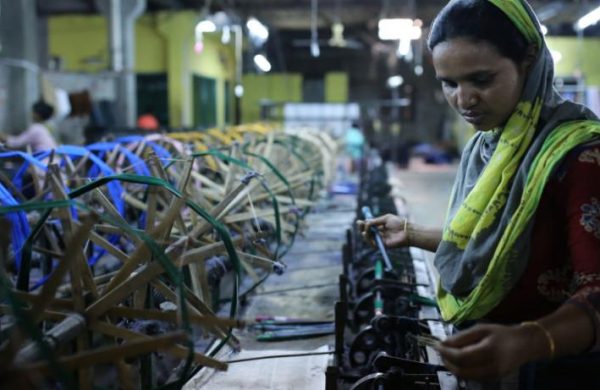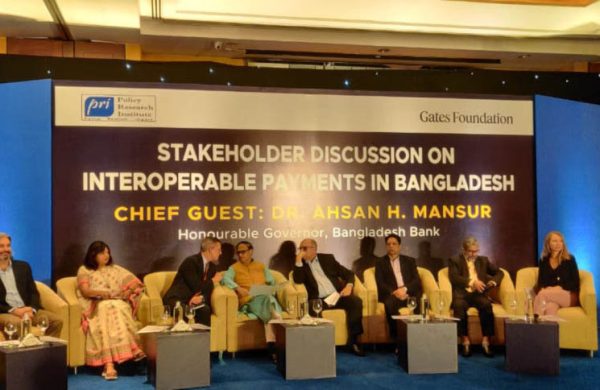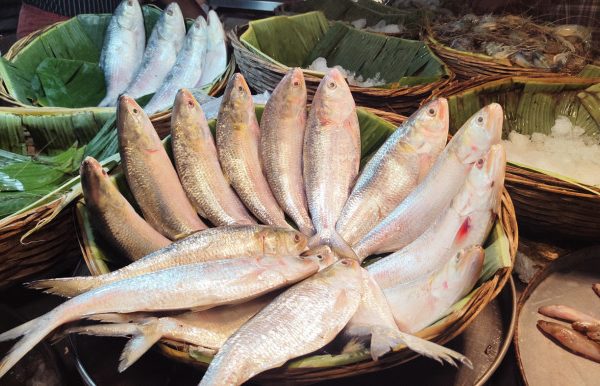Rising tea prices bring new life to northern growers
- Update Time : Monday, August 25, 2025
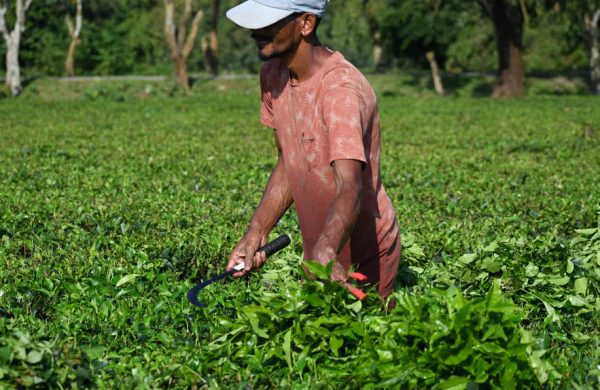
Staff Correspondent:
After years of low prices that forced many farmers to abandon their plantations, tea cultivation in five northern districts is showing fresh promise this season thanks to better rates, higher yields, and improved quality.
Tea estates in the region are now fetching Tk 190 per kg at auctions, compared with Tk 160 previously, according to Bangladesh Tea Board (BTB) officials.
Farmers, too, are getting better returns. This season, they are earning Tk 30 per kg for green leaves, up from Tk 15 in recent years, when prices often failed to cover their production costs.
The tea board has set a production target of 1.52 crore kg this year from the five northern districts of Panchagarh, Thakurgaon, Nilphamari, Dinajpur, and Lalmonirhat.
The goal looks achievable, with nearly 96 lakh kg of tea already processed by July, said Arif Khan, acting BTB officer in Panchagarh.
Most of the country’s tea comes from Sylhet and the hilly regions of Chattogram. Tea cultivation in the plains began in Tetulia upazila of Panchagarh in 2000.
Tea growing has since spread across neighbouring districts. Currently, some 50,000 acres in the north have been marked as suitable for tea, with 11,526 acres in production this season.
With 29 processing factories, 30 registered and unregistered estates, and an auction centre, the region now ranks as the second-largest tea producer in Bangladesh.
During a recent visit to the northern districts, small growers were found plucking fresh leaves in the fields.
Md Sharif, a grower at Dashmile village of Panchagarh Sadar upazila, was supervising workers on his 5-acre plot.
“Leaf prices are good this season,” Sharif said.
“In the initial stage, per kg of raw tea leaf was sold at Tk 22. Gradually, it increased and is now being sold at Tk 30,” he said.
If the trend holds, the tea grower expects to earn between Tk 2.5 lakh and Tk 3 lakh per acre.
At Baliadangi upazila of Thakurgaon, another tea grower, Hafijul Islam, recalled how tough recent years had been. “In the past several years, I was compelled to sell leaves at an average price below Tk 15 per kg, which did not even cover production costs,” he said.
Many small farmers, Islam said, had uprooted their tea plants and gone back to traditional crops.
Acting BTB officer Arif Khan said the turnaround followed two years of effort to sort out issues in quality production.
He said the board has provided factories with technical support that reduced electricity use in drying leaves, cut costs, and raised output.
“As production costs have come down and factories are receiving higher prices in the auction for improved quality tea, growers are also benefiting,” he said.
According to the official, farmers have also been encouraged to pluck younger leaves, a practice that had not been properly maintained in the past.
Usually, growers harvest leaves six to seven times a year.
However, Khan said this season, farmers will be able to pluck one or two extra rounds and collect more leaves through proper plucking.
Abdus Salam, in charge of Sally Lunn Tea Estate, said increased supervision by the authorities had helped revive tea growing in the plain land.
According to BTB data, tea growing this season stands at 9,729 acres in Panchagarh, 1,457 acres in Thakurgaon, 142 acres in Lalmonirhat, 68 acres in Nilphamari, and 130 acres in Dinajpur.
The north now counts 10 registered and 20 unregistered estates larger than 25 acres, alongside more than 8,300 small gardens below that size.
Considering the scale of tea farming and production in the north, the country’s third tea auction centre was launched online in Panchagarh in 2023.


